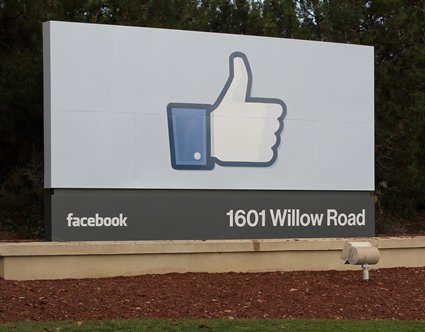

Most forms of advertising, including Internet, have been relatively low tech. Ie. You as the TV show, newspaper or website share your traffic figures with a brand and then negotiate how much you will charge that brand for the right to place its content in front of your viewers.
The Internet advertising model has changed rather dramatically over the past few years with the emergence of real time bidding and programmatic buying – terms that tend to be used interchangeably even though they are not the same thing.
The concept is relatively simple even though the execution is quite complex. These technologies allow brands to bid on users one at a time based on the information about those users. Knowing what a web viewer likes, his browsing history, demographic, etc. will presumably lead certain brands to bid more for the right to advertise. One cannot help but be impressed when considering all that needs to happen to get that targeted ad in front of your eyeballs between the time that you click your mouse to the time that the website opens up.
Since the inception of pay-per-click (PPC) advertising, click fraud has emerged as a real burden to advertisers and advertising networks alike. Costing advertisers billions of dollars per year, click fraud stands to undermine the entire digital media industry.
The advantages of the programmatic approach are quite obvious. This has led to dramatic growth of programmatic buying and real time bidding in the market. The share of programmatic has risen from 24% in 2011 to 53% in 2013. Global programmatic buying represents $12 billion in 2013, according to Magna Global. This is expected to grow to $33 billion by 2017. Of this total, US real time bidding is a $3.9 billion market, expected to grow to over $10 billion by 2017.
What is perhaps most impressive about this growth is that advertisers are still somewhat perplexed by the concept of programmatic buying. A recent survey of US client-side marketers in March 2014 showed that only 23% of respondents understood programmatic buying and have used it to execute a campaign. 77% have never used programmatic and over 40% do not even know what the term means.
Since the inception of pay-per-click (PPC) advertising, click fraud has emerged as a real burden to advertisers and advertising networks alike. Costing advertisers billions of dollars per year, click fraud stands to undermine the entire digital media industry. It was reported earlier this year that up to 36% of traffic is generated from machines, not humans. The goals of this machine traffic is often to create fake clicks in order for publishers to earn advertising revenue. This can place a heavy toll on brands that need to pay for this illegitimate traffic. Both the publisher and the ad network are incentivized to drive click rates as they can lead to revenue streams as high as a $40 CPM (or $0.04 per click). Whether the players are automated robots (“bots”) or cheap offshore labour, the end result is the same. The clicks drive the advertising spend through the roof, which undermines the industry.
According to Integral Ad Science, the portion of suspicious activity on ad exchanges has dropped from 20% in the first half of 2013 to 13% in the second half.
The industry has been responding to the click fraud threat through the adoption of various detection and prevention technologies. These can include things like blacklists (which sites to avoid) or whitelists (which sites to accept) or more elaborate forms of real-time bot detection. The result has been a significant decrease in bot traffic over the past few quarters. According to Integral Ad Science, the portion of suspicious activity on ad exchanges has dropped from 20% in the first half of 2013 to 13% in the second half. The portion of suspicious activity in direct ad sales is still well below at 2%. Viewability is another important metric as discussed above. The proportion of ads viewable for longer than 1 second is between 44% to 56% on average. A third metric that matters to advertisers is brand safety or how often ads gets placed on questionable websites (i.e. Adult content, illegal downloads, drugs/alcohol, etc.) Direct publishers continue to be the least risky according to this metric. In Q4/13, 2.8% of impressions were placed alongside objectionable content according to Integral Ad Science. The figure for ad exchanges was 7.2%.
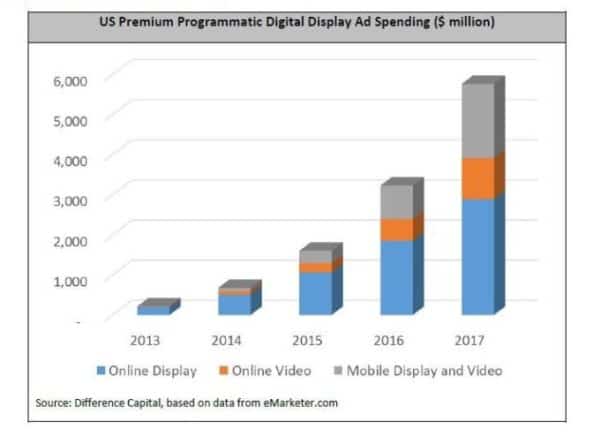
Questions around click fraud and brand safety have led to the rise of something called premium programmatic ad spending. Programmatic and real time bidding began as a way to get remnant publishing inventory sold so that websites could increase their fill rates and monetize on all available traffic. The industry is now looking for a hybrid way to marry the best of both worlds – the speed and efficiency of programmatic combined with the safety and quality of direct ad sales. The term premium programmatic has emerged to fill this gap. Spending in this area is expected to grow exponentially in the coming years. eMarketer forecasts this segment to grow from $200 million last year to $1.6 billion next year and nearly $6 billion by 2017.
This article is excerpted from a white paper called “When Mad Men Meets Flash Boys”, you can access the entire report, courtesy of Difference Capital here.
Leave a Reply
You must be logged in to post a comment.


 Share
Share Tweet
Tweet Share
Share

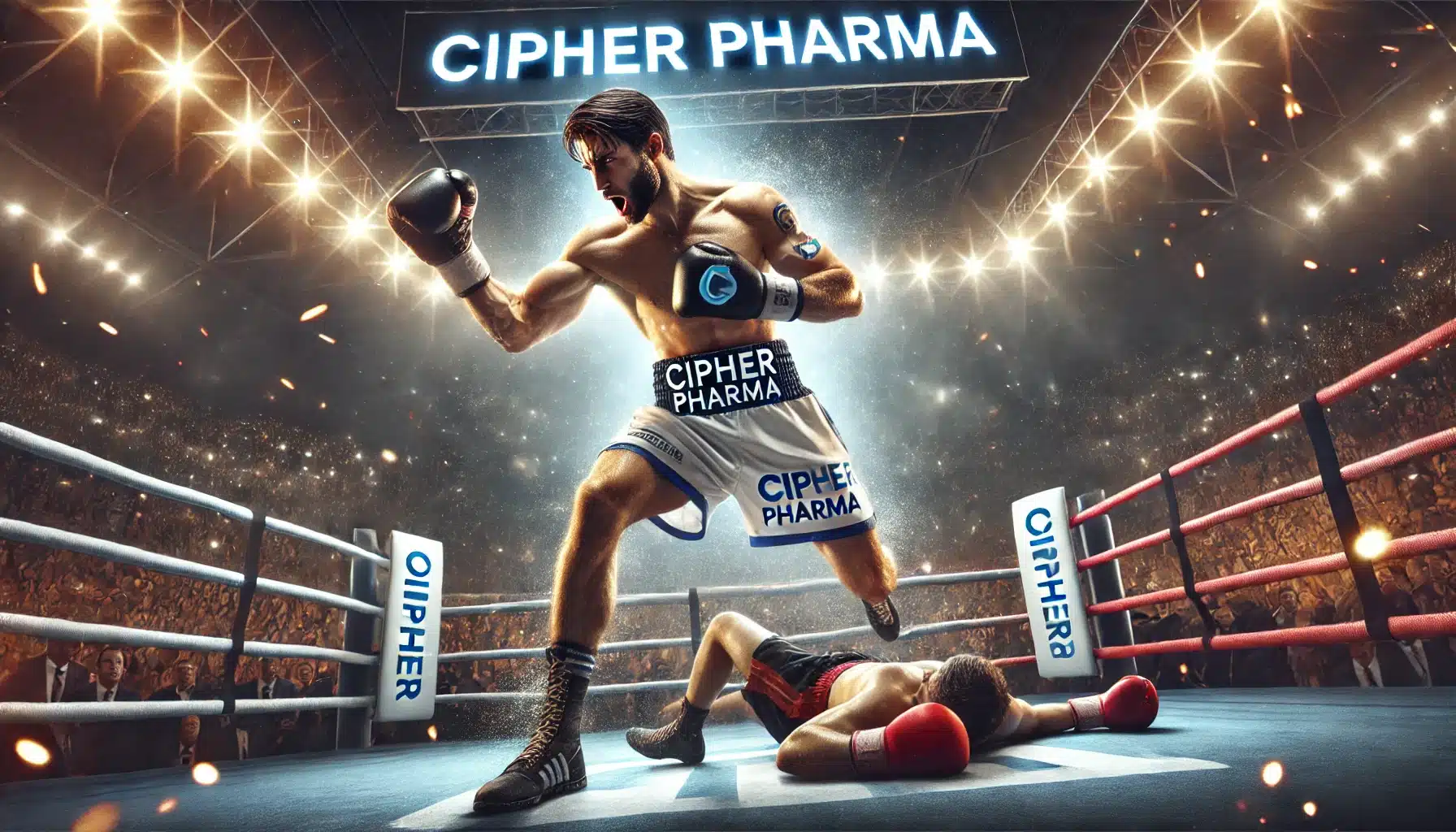
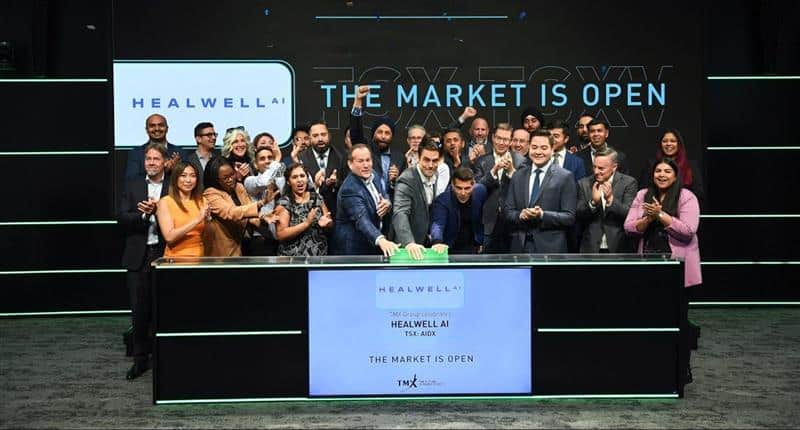
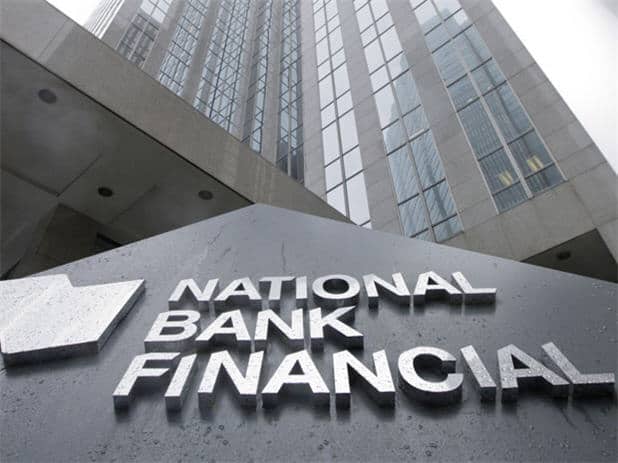
Comment